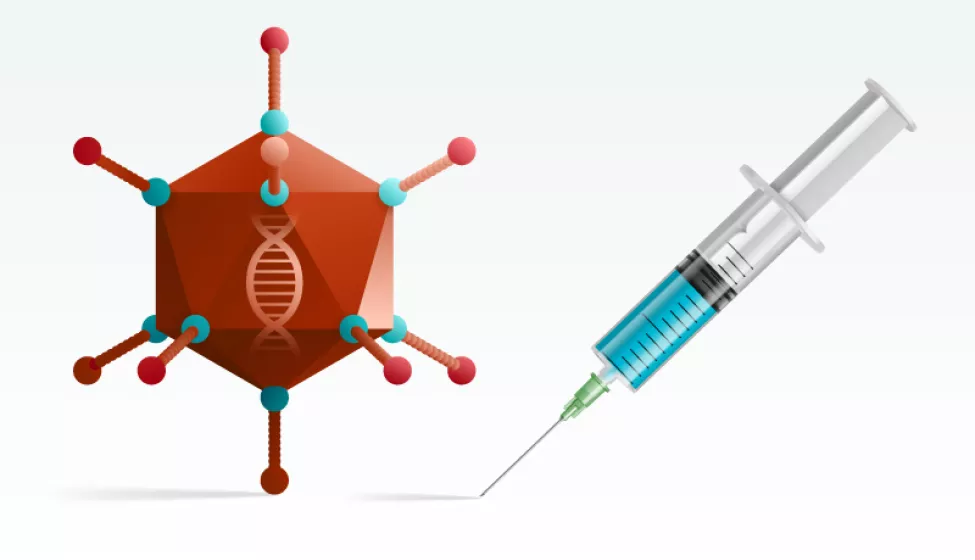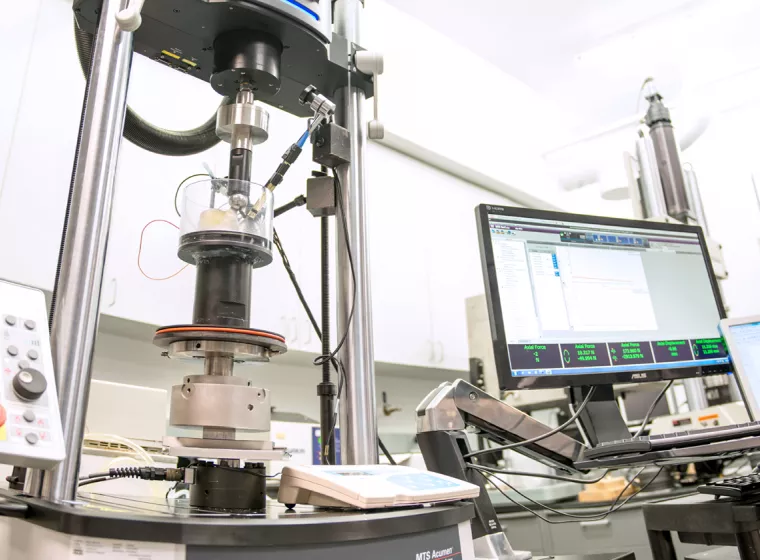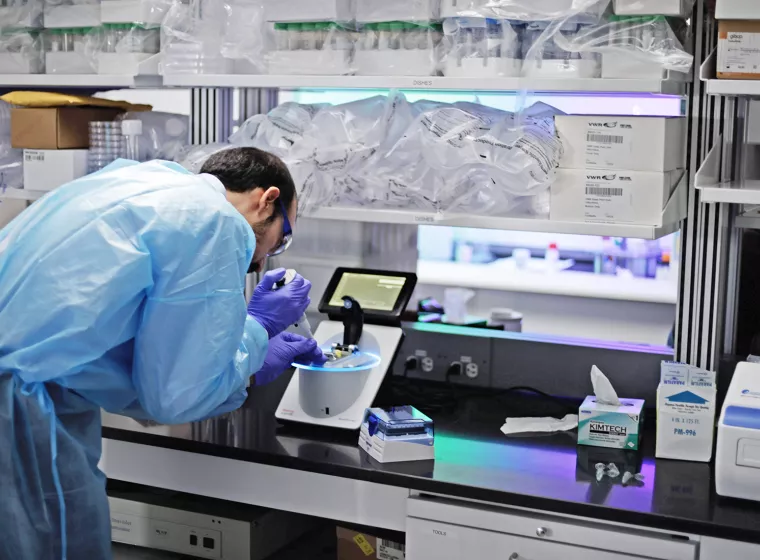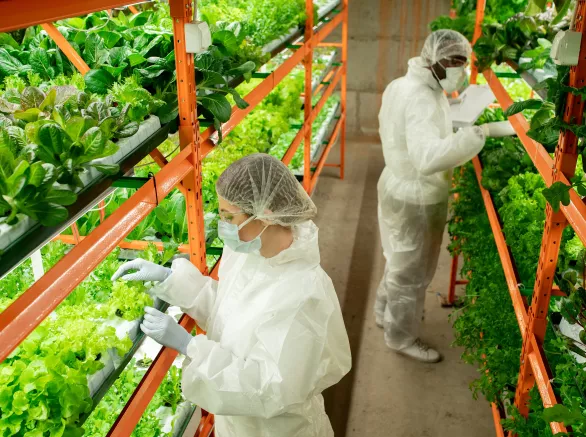February 21, 2024
Agency recommends methods for virus detection and clearance for biotechnology manufacturers and products derived from animal or human cell lines
Last month, the Food and Drug Administration published a final guidance on the viral safety of biotechnology products, outlining recommended approaches for viral testing, viral clearance, and submitting related marketing application data. The document, titled "Q5A(R2) Viral Safety Evaluation of Biotechnology Products Derived From Cell Lines of Human or Animal Origin," is meant to provide biotechnology organizations with best practices to mitigate and prevent virus contamination and mitigate clinical risk in biotechnology products derived from human or animal cell lines.
FDA's new guidance was produced within the Expert Working Group (Quality) of the International Council for Harmonisation of Technical Requirements for Pharmaceuticals for Human Use (ICH), of which FDA is a founding regulatory member. The newly published recommendations represent updates to the industry guidance first issued by the ICH in 1997.
Biotechnology products addressed by new FDA guidance
Products affected by the FDA's viral safety guidance include biotherapeutics and specific biological products derived from cell lines of human or animal (e.g., mammalian, avian, insect) origin, including:
- cytokines
- monoclonal antibodies (mAbs)
- subunit vaccines from in vitro cell cultures, produced with recombinant DNA technologies
- genetically engineered viral vectors and viral vector-derived products (e.g., viral vaccines, gene therapy products)
Industry recommendations for virus detection and clearance
The guidance includes detailed standards and techniques for endogenous and adventitious virus detection and identification, testing in unprocessed bulk, and the design and performance of viral clearance studies. According to the guidance, a risk-based approach is appropriate to identify specific areas where further testing and evaluation is needed.
Because of inherent limitations in viral tests, such as issues pertaining to sample size in detection of low virus concentrations, FDA's final guidance stresses the importance for biotechnology firms to demonstrate assurance that applied purification processes are "capable of removing and/or inactivating (clearing) viruses."
FDA recommends that biotechnology organizations adjust the type and extent of viral testing and viral clearance assessments they use on a case-by-case and step-by-step basis in consideration of specific products and production processes. These considerations include: "the origin of the cell line, the extent of cell bank characterization and testing; the nature of any viruses detected, culture medium constituents, culture methods; facility and equipment design; the results of viral tests after cell culture; the ability of the process to clear viruses; and the type of product and its intended clinical use."
In response to this final guidance, biotechnology organizations may want to consider the proper implementation and validation of newer technologies — such as next-generation sequencing — the utilization of multiple checkpoints and multiple complementary methods throughout a process, and the application of both specific and broad screening techniques.
What Can We Help You Solve?
Exponent's multidisciplinary team of biomedical engineers, health scientists, industrial hygienists, microbiologists, and regulatory experts can help biotechnology companies develop viral safety evaluations, identify potential sources of contamination, select appropriate virus detection and identification assays, test for viruses in unprocessed or purified bulk, and evaluate viral clearance procedures.








